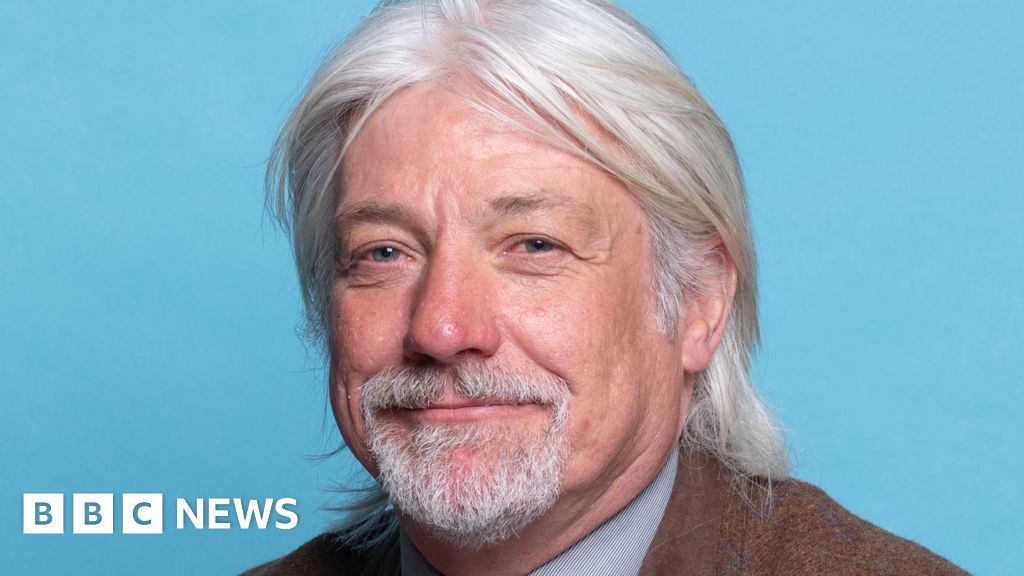SNP Suffers Setback as Perth Council Leader Resigns Amid Political Turmoil

Grant Laing has resigned as leader of Perth and Kinross Council, citing personal reasons in a move that has surprised political colleagues. The councillor, who was first elected to represent the Strathtay ward in 2012, has also left the Scottish National Party and will now sit as an independent. Laing had been named council leader following the 2022 Scottish council elections.
Deputy leader Eric Drysdale will serve as acting leader until the next full council meeting on October 29. Drysdale described Laing's decision as coming "as a shock to all of his councillor colleagues" but pledged that the council would "step up our efforts to fill the gap his departure will leave." The resignation was announced through a brief update on the council's official website.
Colleagues acknowledged Laing's three-and-a-half-year tenure, noting his "wholehearted commitment to our group's core principles underpinned by a vision of a Perth and Kinross where everyone can live life well, free from poverty and inequality." The council has declined to provide further details about the personal reasons behind Laing's sudden departure from both the leadership role and the SNP.
The SNP has confirmed to media outlets that Laing is no longer a party member. The resignation comes as a political blow to First Minister John Swinney, who represents the Perthshire North constituency in Holyrood. Scottish Conservative MSP Murdo Fraser described the situation as "yet more chaos" in Swinney's backyard from what he characterized as a "failing administration."



